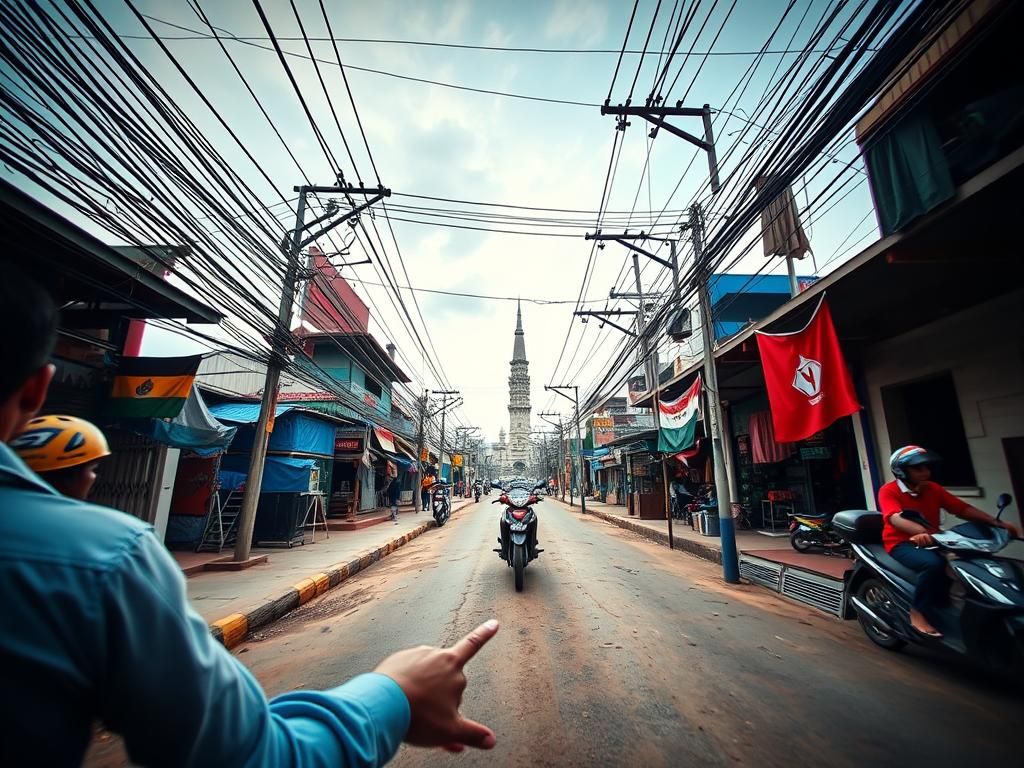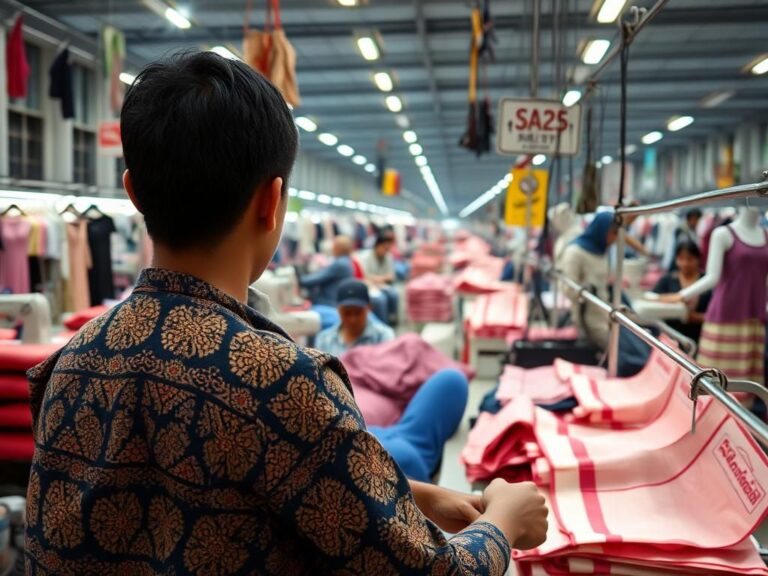Cambodia has averted a potential economic crisis, after a significant reduction in tariffs on its crucial garment and footwear exports. The initially proposed 49% tariff was drastically cut, easing significant pressure on the nation’s key industries.
The Southeast Asian nation of Cambodia saw its garment and footwear industry facing unprecedented challenges earlier this year, with a proposed tariff of 49% threatening to cripple its primary export sector. This move, if implemented, would have been a shocking blow to Cambodia’s economic stability, as these industries account for a substantial portion of its gross domestic product (GDP) and employ millions. The sector, heavily reliant on international trade, was bracing for potential plant closures and mass unemployment.
However, in a move that has provided a considerable respite, the tariff was ultimately reduced to 19%. While still substantial, the revised rate provides significant breathing room for Cambodian manufacturers, allowing them to maintain a degree of competitiveness in the global market. This decision followed intense diplomatic efforts and negotiations, particularly with key trading partners.
The government of Cambodia has yet to release an official statement detailing the negotiations that led to the revised tariff. Observers suggest a range of factors contributed to the change, including potential diplomatic repercussions and the likely detrimental effect on employment within the country. Many international bodies, including the World Trade Organization, closely monitor such trade practices, adding another layer of complexity to the situation. Further developments may be forthcoming as international bodies seek greater transparency in trade deals.
The reduced tariff represents a critical victory for Cambodia, but the incident underscores the vulnerability of developing economies to shifts in international trade policy. Will Cambodia’s garment and footwear industries fully recover and adapt to the remaining tariff, or will this be a temporary reprieve before future challenges?




